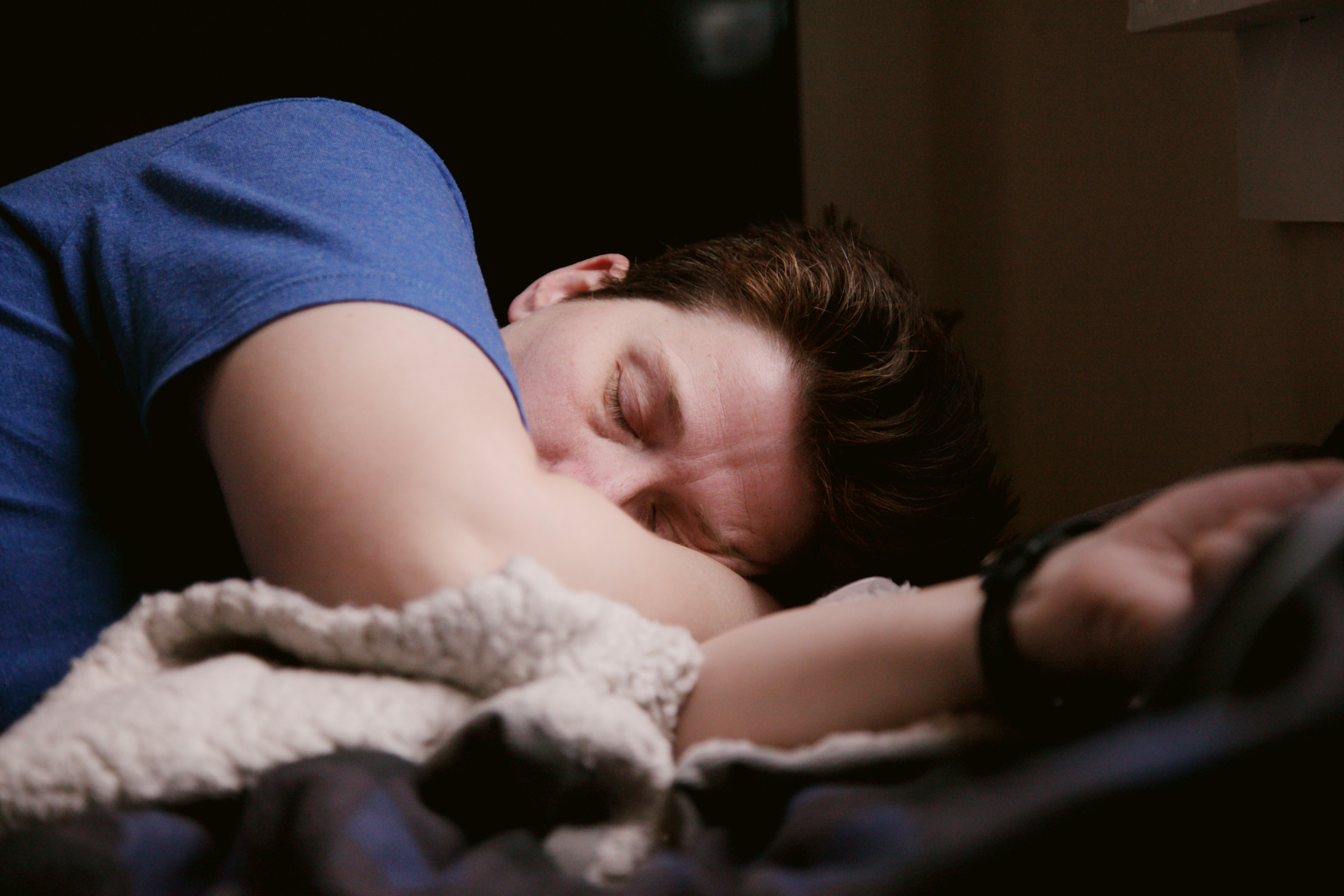
Enhance Your Sleep Quality With Advanced Monitoring Technology
Smart sensors now monitor sleep stages, breathing rhythms, and nighttime movement with impressive precision. These devices collect detailed data each night, allowing you to see patterns that might disrupt your rest. By reviewing this information, you can identify small changes in your evening habits or bedroom setup that could lead to more peaceful, uninterrupted sleep. Over time, these adjustments help you wake up feeling refreshed and ready for the day ahead. With continuous feedback, you gain a clear understanding of what supports your best rest and can make informed decisions to improve your sleep quality.
With crisp graphs and clear metrics, you spot trends at a glance. Devices now sync data to apps that highlight when you hit deep sleep or hiatus moments. You’ll see exactly what helps or hinders your shut-eye and make evidence-backed changes.
Understanding the Science of Sleep Monitoring
Sleep occurs in cycles of light, deep and REM phases. Wearables and mattress sensors measure movement, heart rate variability and skin temperature. Algorithms then interpret these signals into stage estimates.
Research shows that tracking accuracy exceeds 85 percent when combining heart rate and motion data. This performance helps you detect small changes—like a restless hour—so you can identify causes, from stress to room temperature.
Types of Advanced Sleep Tracking Devices
From rings to under-mattress pads, technology comes in many shapes. Each device type offers unique advantages that match different comfort and accuracy needs.
- Wearable Bands: Devices strapped around the wrist or chest monitor pulse and motion. Examples include Fitbit Charge and Polar H10.
- Smart Rings: Slim rings that track heart rate variability and skin temperature. Popular models are Oura Ring and Ringconn.
- Under-Mattress Sensors: Thin pads placed beneath your mattress record body movement and breathing. Options include Withings Sleep and Emfit QS.
- Pillow Sensors: Built-in or attachable modules that measure head motion and snoring. The SleepScore Max and Zeeq Pillow stand out.
Many devices come with apps that display nightly summaries, offering insights at the tap of a screen. You can compare week-to-week trends and see how an extra hour of deep sleep influences next-day performance.
Features to Consider When Choosing a Device
Select tools that match your priorities—accuracy, comfort and actionable feedback. Here are the top criteria to consider:
- Data Accuracy: Review validation studies and user feedback to evaluate real-world performance.
- Comfort Level: Opt for slim profiles for rings and bands, or thin mattress pads that stay discreet.
- Battery Life: Choose devices that last at least 5 days between charges to prevent nightly interruptions.
- App Interface: Seek clean dashboards that highlight trends and provide clear recommendations.
- Integration: Confirm compatibility with health platforms or smart home systems for smooth automation.
By focusing on these features, you avoid gadgets that feel intrusive or produce data you can’t interpret. The right combination of precision and usability ensures meaningful insights.
How to Incorporate Technology into Your Night Routine
Charge your devices well before bedtime and sync data in the evening. Place under-mattress sensors following manufacturer instructions—often near the chest area. Put on bands or rings a few minutes before sleep.
Set app alerts to remind you when to go to bed. Some platforms can dim lights or adjust room temperature when they detect you’re ready to wind down. This automation takes the guesswork out of your routine.
Tips to Improve Your Sleep Quality
Raw data only helps if you act on it. Review weekly reports to identify patterns. Make small adjustments and continue monitoring results.
- Maintain a consistent bedtime and wake-up time, even on weekends.
- Dim screens at least 30 minutes before bed to encourage melatonin production.
- Practice gentle breathing exercises if you notice restless periods on your sleep graph.
- Keep room temperature between 60–67°F for optimal deep-sleep duration.
- Avoid caffeine after 2 pm to prevent elevated heart rate at night.
Observe how each change impacts your sleep score. With precise feedback, you will know which habits produce the biggest improvements.
Use advanced sleep monitoring tools to gain clear insights into your sleep patterns. Start tracking tonight to improve your sleep quality and feel more refreshed.